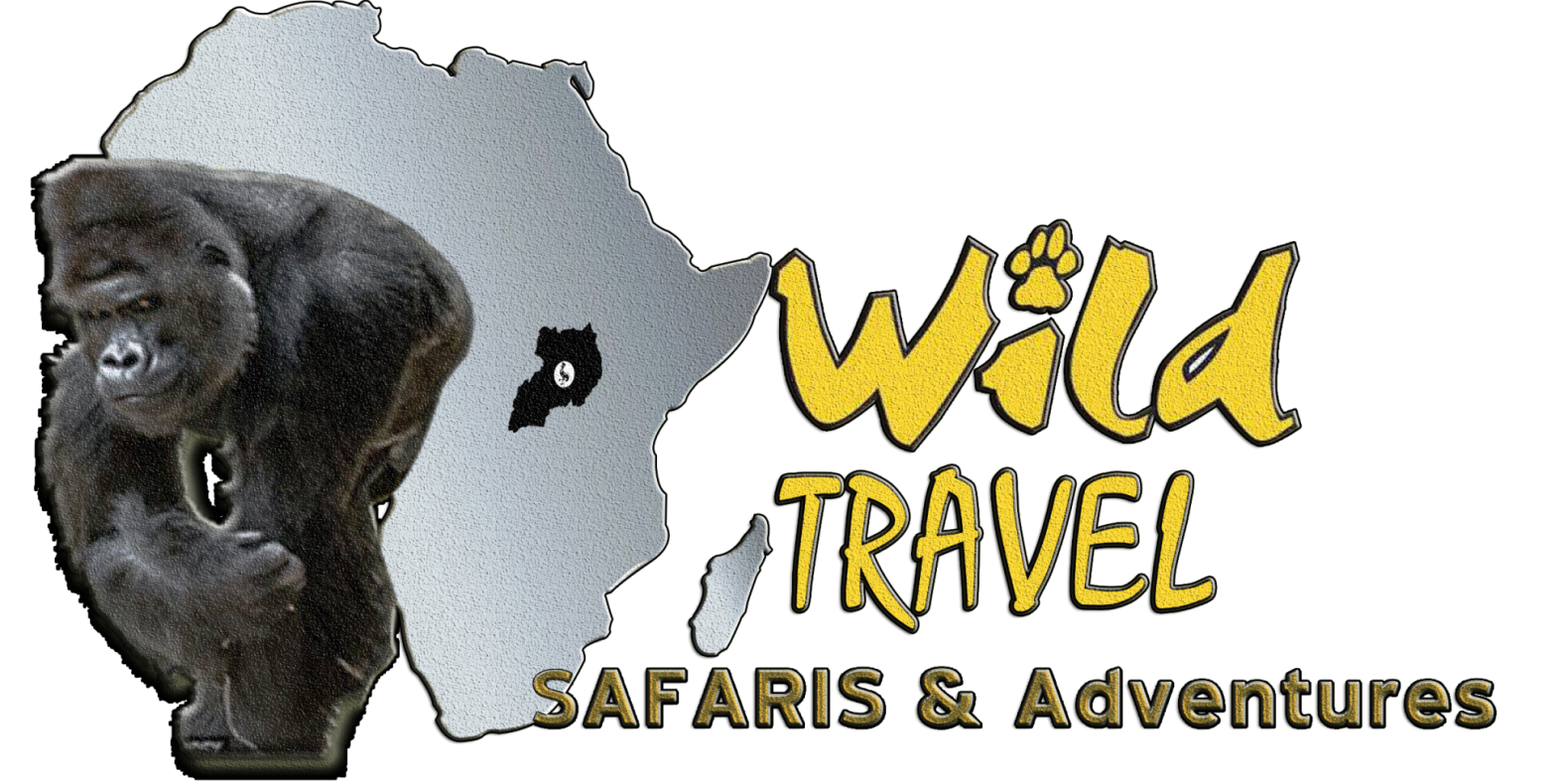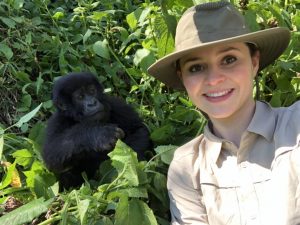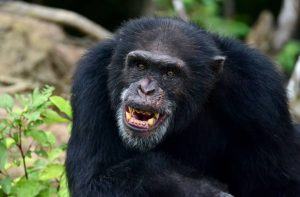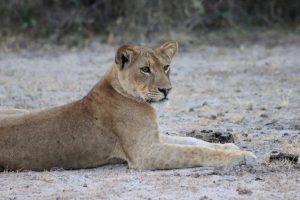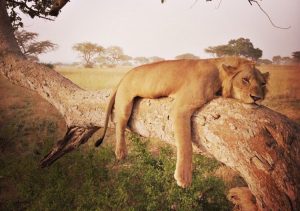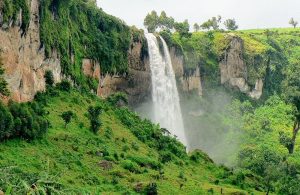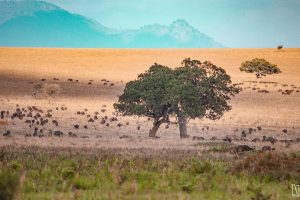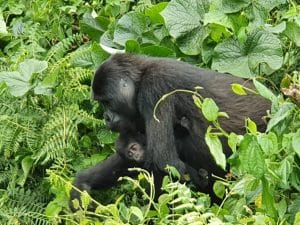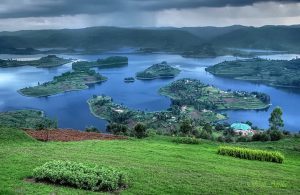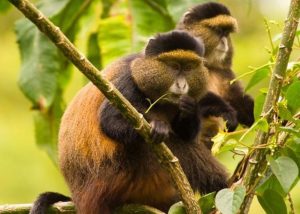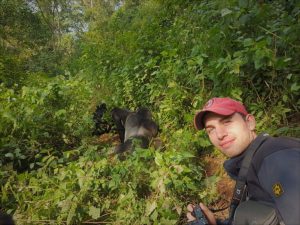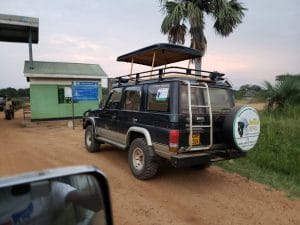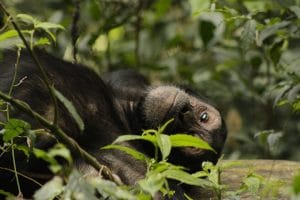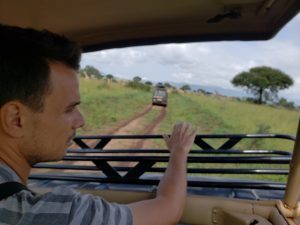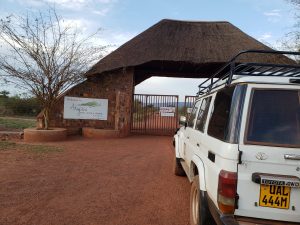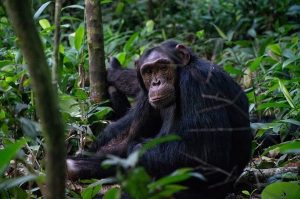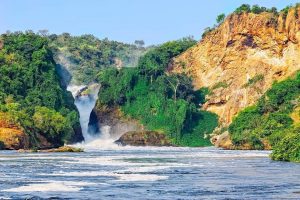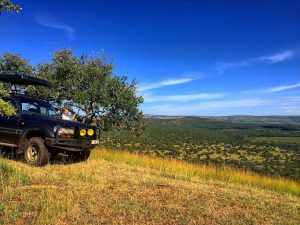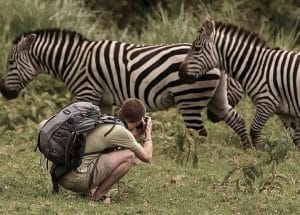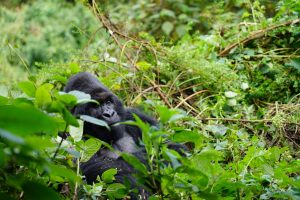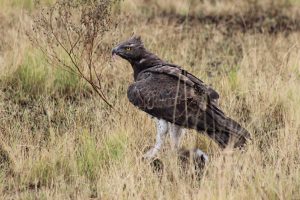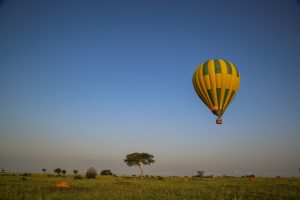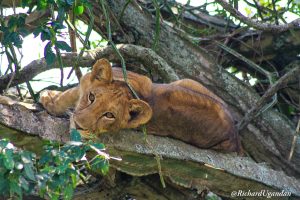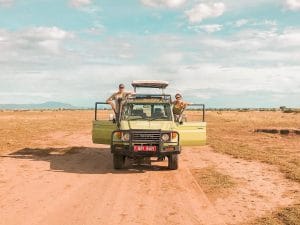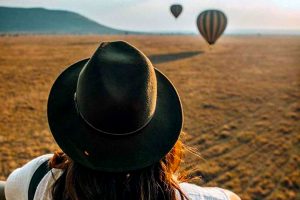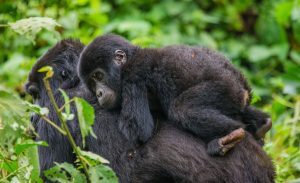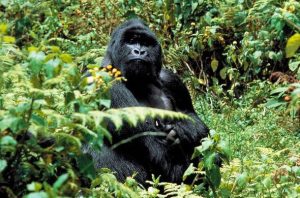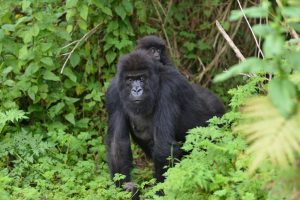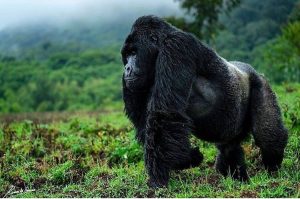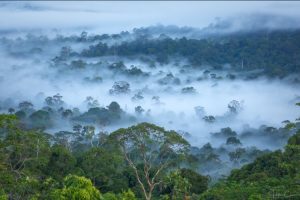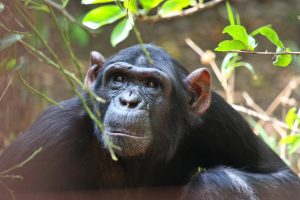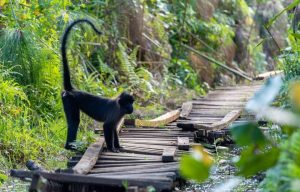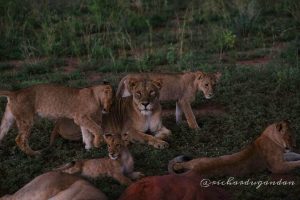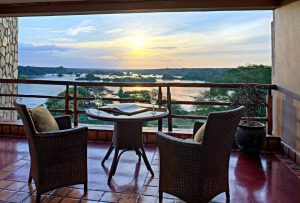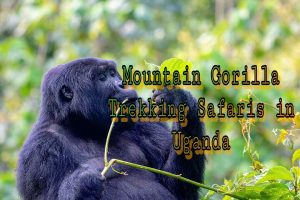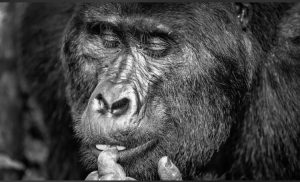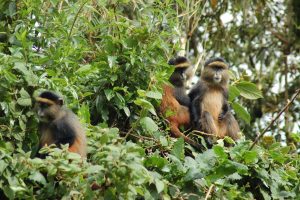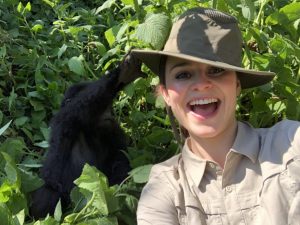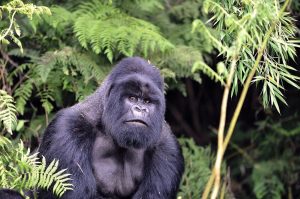Why is gorilla trekking so expensive in World Activities?
Why is gorilla trekking so expensive in World Activities?
Why is gorilla trekking so expensive in World Activities? Gorilla trekking is expensive because mountain gorillas are endangered and because of that many people want to see them. The high number of tourists interested in seeing them has forced authorities to raise the price of permits. The higher the demand, the higher the price. But demand is not the only explanation.
There is a need for funds to protect them which involves significant investments in research, rangers, and scientists and this requires money. Part of the money collected from gorilla permits is channelled toward the protection of these majestic primates. To be more specific, 15% of the money collected goes to the government, 10% to the local communities, and 75% to gorilla conservation.
It is important to also note that if the prices for permits were reduced considerably, there is a likelihood that there would be too many visitors to the parks hence affecting the overall well-being of the few habituated gorilla groups. Gorilla trekking is possible only in Uganda, Rwanda, and the Democratic Republic of Congo. In Uganda, mountain gorillas can be tracked in Mgahinga and Bwindi National Parks.
It is important to note that the price of gorilla permits is just a fraction of the overall cost of gorilla trekking. You still have to consider transportation, accommodation, food, VISAs, air tickets, packing lists, porters, and tips for the Guides.
If you are planning to do gorilla trekking in Uganda, you will need to acquire a gorilla permit. A gorilla permit is a document that allows you access to the gorillas. In Uganda, gorilla permits cost $800, in Rwanda $1500, and in Congo $450. the above fees are all for the Foreign National Residents. If you are an East African national, you can obtain a gorilla permit in Uganda for 300,000 shillings.
What is included in a Gorilla Permit Cost? A gorilla permit includes interacting with the gorillas for one hour, park entrance, Ranger fees, and advance trackers.
The Best of our Gorilla Trekking Safaris in East Africa Why is gorilla trekking so expensive
3 Days Gorilla Safari Trekking Bwindi
Gorillas are one of the highly preserved primate apes, seeing them requires you to travel to Uganda.
3 Days Chimpanzee Habituation Safari
Chimpanzee Habituation safari, expect the best of the best tracking safari taking a full day in the wild forests as you encounter the 99% close to human Chimpanzees
3 days Murchison Falls Wildlife Safari
Visit the biggest Uganda Park, Ziwa Rhinos, and do all the activities say Boat Cruise, 3 Game Drives & the Top of the Falls.
3 Days Queen Elizabeth Safari
A wildlife Safari is quantitative enough for fantastic game drives with Big Five game views with a wide variety of animal species.
3 Days Sipi Falls & White Water Rafting
Uganda is open to the World’s most lifetime experience adventures as you exploit more fun with the Nile Rafting, Mount Elgon Hikes, and 3 Sipi Falls Trails.
4 Days Kidepo National Park Safari
Get the very best opportunity to visit the Narus Valley in the Kidepo Valley National Park with great hyenas, leopards, and vast wildlife.
4 Days Fishing Safari in Uganda
Explore the best fishing areas along the River Nile the world’s longest river of which we are present to lead and guide your memorable fishing experience.
4 Days Uganda Safari Gorilla, Chimpanzee
Here is a precise package that will make you see the world’s incredible mountain gorillas in Bwindi and the 99% Chimpanzee Primates in Kibale.
5 Day Chimpanzee and Wildlife Safari
According to our 5 Days Chimpanzee and Wildlife Safari, this takes you to western Uganda. To meet the Chimpanzees in Kibale Forest Park
